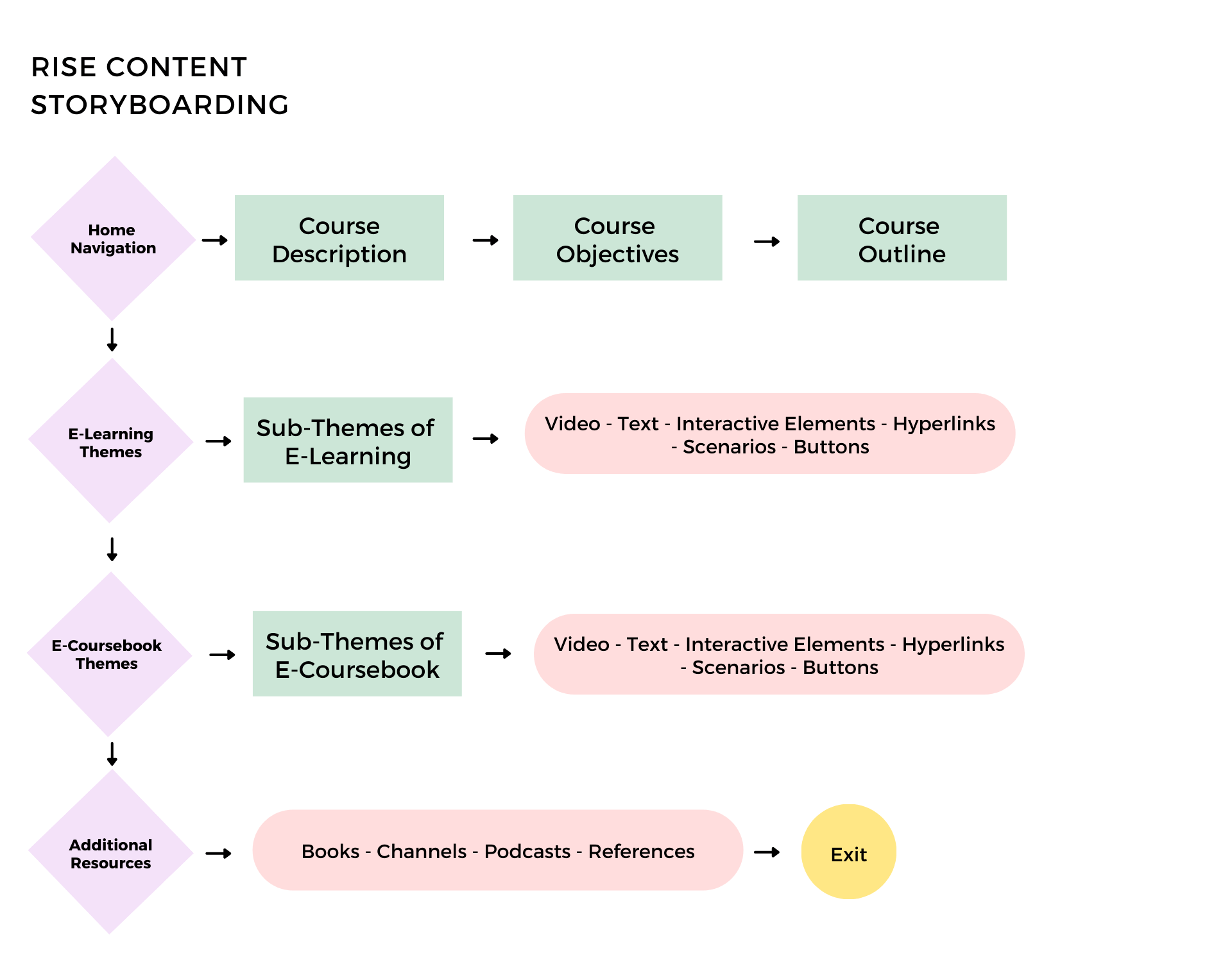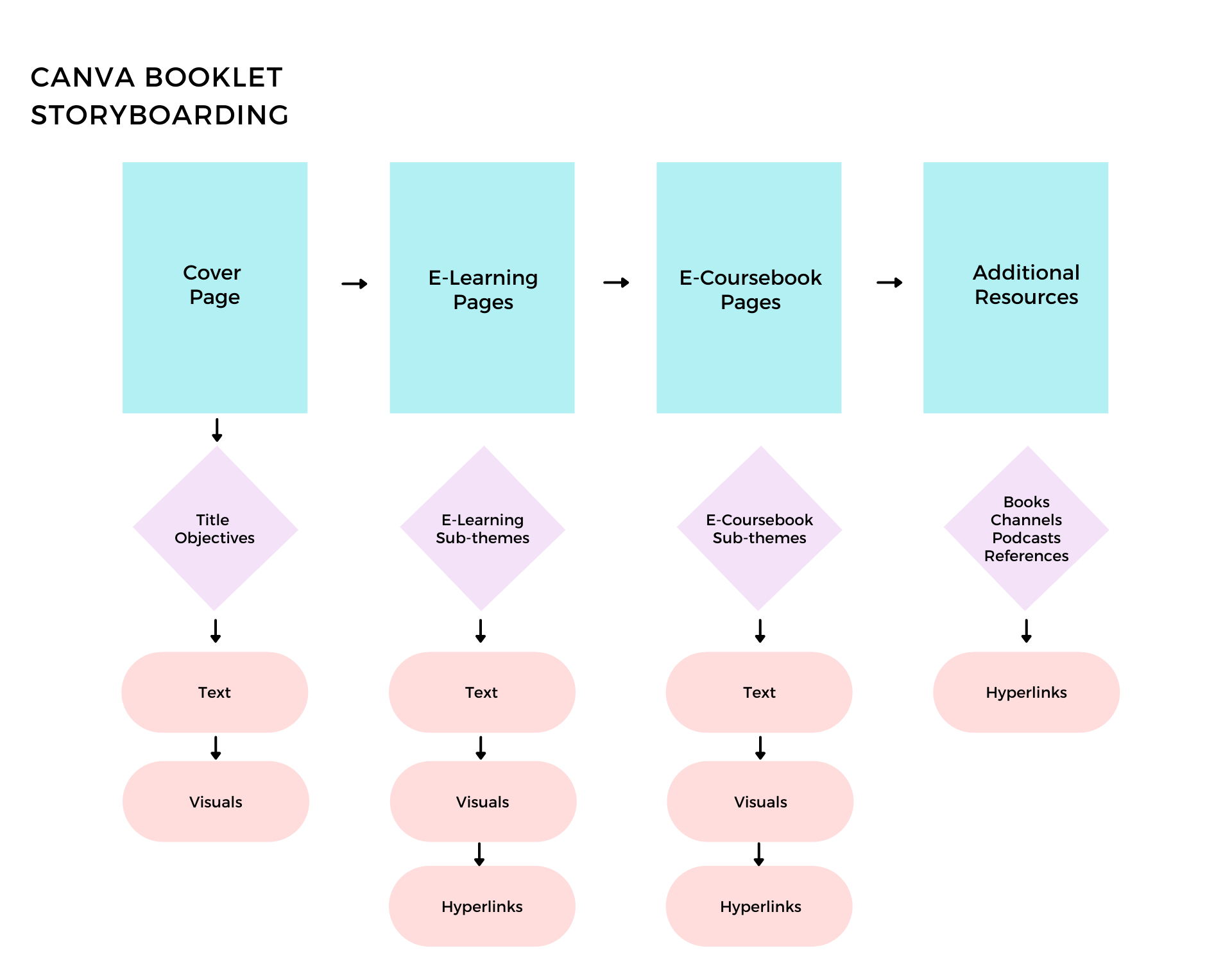Asynchronous Modules For Preservice Teachers?
Let me take you on a journey through my thesis research, where I explored the use of asynchronous learning in preservice teacher training. As part of my study, I employed both static and interactive eLearning modes to investigate their impact on students’ learning outcomes.
Preservice Teacher Training: Study Setup
To create an experimental environment, I divided the participants into two groups. One group was provided with PDF booklets, while the other was exposed to interactive content created using authoring tools. The students in both groups were given tasks that included multiple-choice questions and reflection papers to evaluate their understanding of the subject matter.
The information received by both groups was the same. However, the way they were exposed to the content differed significantly. The students who received the PDF booklets had to rely on self-directed learning, while those who had access to interactive content could engage in active learning through various media formats.
Let me take you on a journey through my implementation design process. It was a labor of love that demanded countless hours of effort and commitment. My goal was to create a modular training plan for a six-week course on eLearning and eCoursebooks that would deliver measurable and effective results. To achieve this objective, I began by conducting extensive research. I spent countless hours poring over nearly 50 eLearning books, examining articles, and studying future research trends to ensure the design was current and innovative. I went through the revision process three times to make sure the subject distribution was optimal and met the requirements of the course. I also had to create a module specific to the coursebook subject to create a contextual environment that would resonate with the students.
I chose the ASSURE model to create my modular training package. I meticulously planned out the remaining process of the package, ensuring every detail was well-defined and comprehensive. After receiving approval for the Instructional Design, I began storyboarding and rapid prototyping.

Image 1: Storyboarding for Rise and Storyline Content
Storyboarding was critical to creating the content types. I created wireframes that detailed every aspect of the learning experience. Once approved, I began the rapid prototyping process, creating the first content piece. It was a daunting task, with countless open books, tabs, and pages in Canva, but I persevered, determined to create something exceptional.

Image 2: Storyboarding for Canva Booklet
Getting approval for my rapid prototyping process was an incredible feeling. It was a validation of all my hard work and effort. But there was more work to be done. I needed to develop an objective, bias-free measurement and evaluation process that would enable me to gather student feedback and ideas.
I decided to use multiple-choice questions for lower-order subjects and reflective essays for higher-order subjects. The multiple-choice questions were carefully designed to measure weekly learning through scenario-based questions. For the reflective essays, I scoured dozens of sites to ensure I had an effective evaluation rubric that would capture the students’ perspectives accurately.
The process was grueling, but the results were worth it. I was delighted to receive approval for my assessment and evaluation process, bringing my implementation design to a successful close.
Analysis Of The Preservice Teacher Training Data Collected
After much hard work and dedication, I arrived at a significant juncture in my research. I analyzed the data and found noteworthy outcomes that provided insight into the effectiveness of different eLearning methods for preservice teacher training. Specifically, the group that received interactive eLearning had higher levels of technology acceptance, better achievement scores, and a greater engagement with the system and its content. Additionally, the feedback received from the participants in the interactive group was overwhelmingly positive, which added a qualitative dimension to the results. This discovery marked a critical milestone in my thesis and confirmed the value of incorporating interactive eLearning in preservice teacher training.
In the month of January 2023, I had the privilege of presenting my thesis to the esteemed jury and successfully defending it. This journey, which had been a long and arduous one, held immense value to me. Prior to this, I had contributed to numerous eLearning and EdTech projects, fulfilling various roles and responsibilities. However, this particular project allowed me to immerse myself in almost every aspect of the process. I had taken on the role of Instructional Designer, eLearning developer, educational content writer, education researcher, learning analytics specialist, multimedia developer, assessment specialist, and learning experience designer, to name a few. This comprehensive involvement provided me with a holistic understanding of the entire process, and the challenges and opportunities that exist at every step. This experience has been instrumental in shaping my professional journey and has left a profound impact on me as an individual.
Top Tips For eLearning Module Design And Development
Throughout my journey, I encountered various challenges that required me to seek support from others. While I had been fortunate enough to receive assistance for most of the journey, there were instances where I had felt utterly helpless and alone. However, this experience enabled me to identify and develop a list of conclusions that could be applied to the entire process. These conclusions would serve as a valuable resource for others who may be embarking on a similar journey, providing them with insights into potential challenges, and the strategies to overcome them. By sharing these suggestions, I hope to create a more supportive and collaborative environment for all those who may embark on this path in the future.
- Implementation planning is a crucial and complex process that requires a comprehensive perspective, and an implementation plan should be created based on literature and practice to ensure success.
- The creation of content must follow a specific order that depends on the subject, and can either be from the general to the specific or vice versa.
- Within the holistic perspective, the measurement and evaluation dimensions of the process should also be considered. This includes both formative and summative assessments, and checklists or rubrics should be provided to learners to enable scoring.
- Before starting the implementation process, digital tools should be examined for their advantages and disadvantages, and performance measurements should be taken through trials with these tools.
- B and C plans should be created in advance to prepare for potential problems and disruptions that may arise during the implementation process, and a solution-oriented approach should be adopted.
- Communication channels should be provided for learners before and after the implementation process, and they should be informed about the scope of content types, measurement and evaluation, and study dimensions.
- Feedback and opinions should be sought from Subject Matter Experts and digital content experts throughout the implementation design.
- A prototype design should be created before the content design process begins to obtain feedback and opinions, and the design process should be adjusted accordingly.
- In addition to content design, information about the Learning Management System or content management system used should be obtained, and its effective use should be investigated to ensure optimal results.
In conclusion, let us recognize the power of asynchronous and interactive eLearning in preservice teacher education. As we navigate the complexities of preparing future educators, let us embrace the potential of eLearning to expand access, improve engagement, and enhance learning outcomes. By implementing research-based strategies and seeking constant improvement, we can create dynamic and effective digital learning experiences that equip our future teachers with the skills, knowledge, and confidence they need to make a positive impact on the lives of their students.
Image Credits:
- The images within the body of the article were created/supplied by the author.
Stay connected with us on social media platform for instant update click here to join our Twitter, & Facebook
We are now on Telegram. Click here to join our channel (@TechiUpdate) and stay updated with the latest Technology headlines.
For all the latest Education News Click Here
For the latest news and updates, follow us on Google News.
